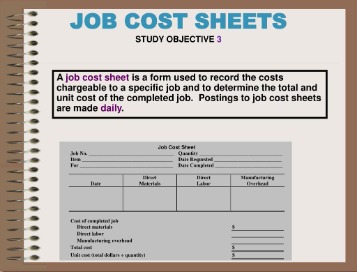Content

The pattern of recognizing $100 in revenue would repeat each month until the end of 12 months, when total revenue recognized over the period is $1,200, retained earnings are $1,200, and cash is $1,200. Accrued revenue is income earned by a company that the company has not yet been paid for. Therefore, the company opens a receivable balance as it expects to get paid in the future. While the company got cash upfront Deferred Revenue Definition for a job not yet done when considering deferred revenue, the company is still waiting for cash for a job it has done. The payment is considered a liability because there is still the possibility that the good or service may not be delivered or the buyer might cancel the order. In either case, the company would repay the customer, unless other payment terms were explicitly stated in a signed contract.
- It is typically referred to as a contractual liability, deferred revenue, or unearned revenue because the company hasn’t yet earned that money and still owes the goods or services to the customer.
- Harold Averkamp has worked as a university accounting instructor, accountant, and consultant for more than 25 years.
- This prevents overstating what has been earned or creative accounting techniques.
- When a company accrues deferred revenue, it is because a buyer or customer paid in advance for a good or service that is to be delivered at some future date.
- At that time, the accountant will debit the deferred revenue of $549 from your credited revenue.
- When it is recognized , it is proportionally recorded as revenue on your income statement.
The completed contract method enables a company to postpone recognizing revenue and expenses until a contract is completed. The timing of recognizing revenue and recording is not always straightforward. Accounting standards according toGAAP, or Generally Accepted Accounting Principles, allow for different methods of revenue recognition depending on the circumstances and the company’s industry. Deferred revenue can be set to automatically reverse in basic accounting information systems.
Why is deferred revenue considered a liability?
In other words, it comprises the amount received for the goods delivery that will take place at a future date. While cash from deferred revenues might sit in your bank account just like cash from earned revenues, the two are not the same. If you don’t deliver the agreed-upon good or service, or your customer is unhappy with the end product, your deferred revenues could be at risk. Generally speaking, you should be more careful spending cash from deferred revenues than regular cash. Deferrals like deferred revenue are commonly used in accounting to accurately record income and expenses in the period they actually occurred.
We will use the example of a $1200 subscription spread out across one year. Deferred income in Salesforce consists of billing customers for their subscription services. Most subscription and support services are issued with annual terms resulting in deferred income. Although it’s a liability, having a deferred revenue balance on your books isn’t necessarily a bad thing.
Deferred revenue example
This helps business owners more accurately evaluate the income statement and understand the profitability of an accounting period. Below we dive into defining deferred revenue vs deferred expenses and how to account for both. Consider a media company that receives $1,200 in advance payment at the beginning of its fiscal year from a customer for an annual newspaper subscription. Upon receipt of the payment, the company’s accountant records a debit entry to the cash and cash equivalent account and a credit entry to the deferred revenue account for $1,200.

This means that Company A will need to record an adjusting entry debiting deferred revenue for $10,000 and crediting the income statement for $10,000. Therefore, the July 31 balance sheet will report deferred revenues of $5,000, which represent the remaining liability from the original down payment of $15,000. Over the next six months, the software company delivers the software product to the customer and provides technical support as part of the license agreement. If a company uses the cash accounting method, then deferred revenue is irrelevant — the company pays income taxes as it receives payments no matter what. When you receive the money, you will debit it to your cash account because the amount of cash your business has increased.
? Understanding deferred revenue
Another mistake is failing to update deferred revenue balances regularly. This can lead to inaccurate financial statements and misrepresent the company’s financial performance. This comprehensive guide will provide you with a clear understanding of deferred revenue, its impact on your financial statements, and how to manage it effectively. Whether you’re a small business owner or an experienced CEO, this guide will https://kelleysbookkeeping.com/ help you navigate the complexities of deferred revenue and make informed decisions for the future of your business. The company records this difference as deferred income tax as a liability on its balance sheet. However, if the business model requires customers to make payments in advance for several years, the portion to be delivered beyond the initial twelve months is categorized as a “non-current” liability.